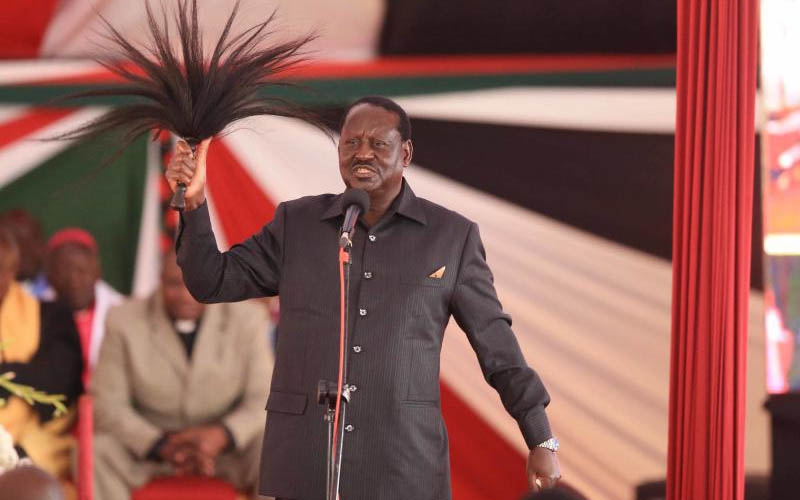
Soon after his famous handshake with President Uhuru Kenyatta, there was hue and cry within some quarters of the Jubilee Party that Raila Odinga had come to rock the ruling party. His detractors in Jubilee said he had come to destroy their party. They feared he would leave their party in tatters, with its leaders badly divided among themselves.
Whether this was his intent or not, one thing is not in doubt. The ODM leader has rocked the Jubilee boat. He is taking it down the precipice of political wreckage. What remains is the date of the final collapse of the UhuRuto behemoth of yesterday.